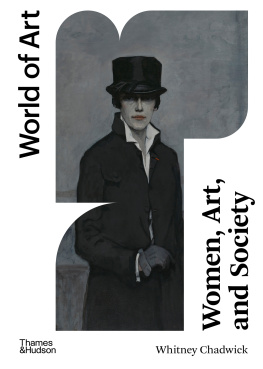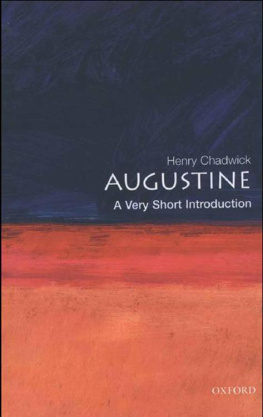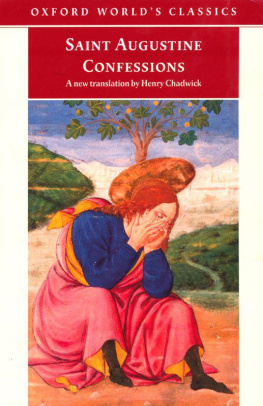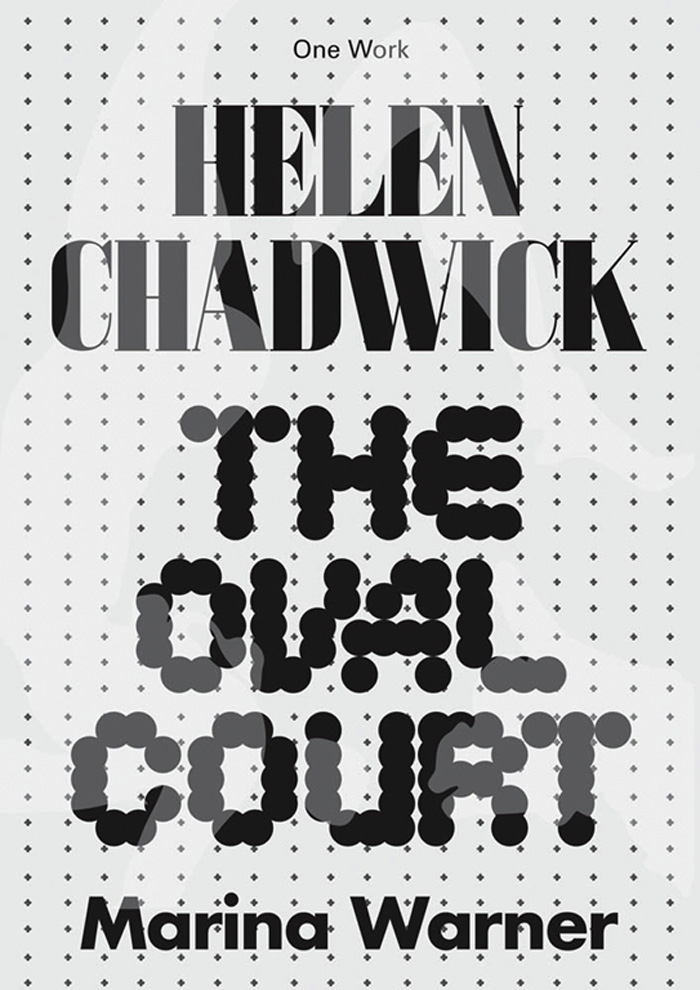First published in 2022
By Afterall Books
Supported by the Paul Mellon Centre for
Studies in British Art
Afterall
Central Saint Martins
University of the Arts London
Granary Building
1 Granary Square
London N1C 4AA
www.afterall.org
Afterall is a Research Centre of
University of the Arts London
Editors
Elisa Adami
Amber Husain
Mark Lewis
Copy Editor
Alex Fletcher
Project Coordinator
Camille Crichlow
Associate Director
Chloe Ting
Director
Mark Lewis
Design
Andrew Brash
Typefaces for interior
A2/SW/HK + A2-Type
The One Work series is printed
on FSC-certified papers
ISBN 978-1-84638-251-2
Distributed by The MIT Press,
Cambridge, Massachusetts and London
www.mitpress.mit.edu
2022 Afterall, Central Saint Martins,
University of the Arts London,
the artists and the authors




d_r0
Each book in the One Work series presents a single work of art considered in detail by a single author. The focus of the series is on contemporary art and its aim is to provoke debate about significant moments in art's recent development.
Over the course of more than one hundred books, important works will be presented in a meticulous and generous manner by writers who believe passionately in the originality and significance of the works about which they have chosen to write. Each book contains a comprehensive and detailed formal description of the work, followed by a critical mapping of the aesthetic and cultural context in which it was made and that it has gone on to shape. The changing presentation and reception of the work throughout its existence is also discussed, and each writer stakes a claim on the influence their work has on the making and understanding of other works of art.
The books insist that a single contemporary work of art (in all of its dierent manifestations), through a unique and radical aesthetic articulation or invention, can aect our understanding of art in general. More than that, these books suggest that a single work of art can literally transform, however modestly, the way we look at and understand the world. In this sense the One Work series, while by no means exhaustive, will eventually become a veritable library of works of art that have made a dierence.
I would like to thank Amber Husain for inviting me to write this volume in the Afterall series; I leapt at the chance and appreciate her enthusiasm and perspicacity in the initial stages; Elisa Adami then took up the editing and I am most grateful to her for her help, and to Alex Fletcher for his care in copy-editing. I am indebted to Helen Chadwick herself for conversations and for the many catalogues and leaflets she oversaw after Of Mutability; also to several curators and posthumous exhibition catalogues, especially Mark Sladen's Helen Chadwick: A Retrospective, London: Barbican Art Gallery, Hatje Cantz Publishers, Ostfildern-Ruit, 2004; the research of Stephen Walker and Imogen Racz (see the Notes at the end of this volume) has been invaluable; my understanding of Helen Chadwick's oeuvre has also benefitted immeasurably from the contributions of Mark Haworth-Booth, in particular through the conversations he recorded with the artist for the British Library Sound Archive. Errin Hussey, archivist at the Henry Moore Institute, Leeds, guided me expertly through Chadwick's papers. I am also very grateful to Martin Barnes and Hana Kaluznick at the V&A for making it possible, in the thick of the pandemic, to see Chadwick's originals. Hannah Machover has helped me impeccably with the referencing and the formatting. Roger Malbert, Louisa Buck and Pete Smith kindly read drafts of the essay and the latter gave permission to use his l979 polaroid of Helen; David Notarius over the years has shared many memories of Helen with me; Alison Turnbull's reminiscences illuminated for me aspects of her personality and her art. Richard Saltoun has been more than generous in granting permission to reproduce works by Chadwick and artists whom she admired. My profound thanks to them all.
***
Marina Warner writes fiction and cultural history. Her award-winning books explore myths and fairy tales; they include From the Beast to the Blonde (l994) and Stranger Magic: Charmed States & the Arabian Nights (2011). She has published five novels and three collections of short stories, including Fly Away Home (2014). Her essays on literature and art have been collected in Signs & Wonders (l994) and Forms of Enchantment: Writings on Art and Artists (2018). Her most recent book, Inventory of a Life Mislaid (2021) is an unreliable memoir about her childhood in Egypt where her father opened a bookshop in l947. She contributes regularly to the New York Review of Books and the London Review of Books and to artist's catalogues, for example for Paula Rego's retrospective at Tate Britain (2021). She is Professor of English and Creative Writing at Birkbeck College, a Distinguished Fellow of All Souls College, Oxford, and a Fellow of the British Academy. In 2015, she was awarded the Holberg Prize in the Arts and Humanities. Since 2016, she has been working with the project www.storiesintransit.org in Palermo, Sicily, and is currently writing a book about the concept of Sanctuary. She lives in London.
For Rachel with love
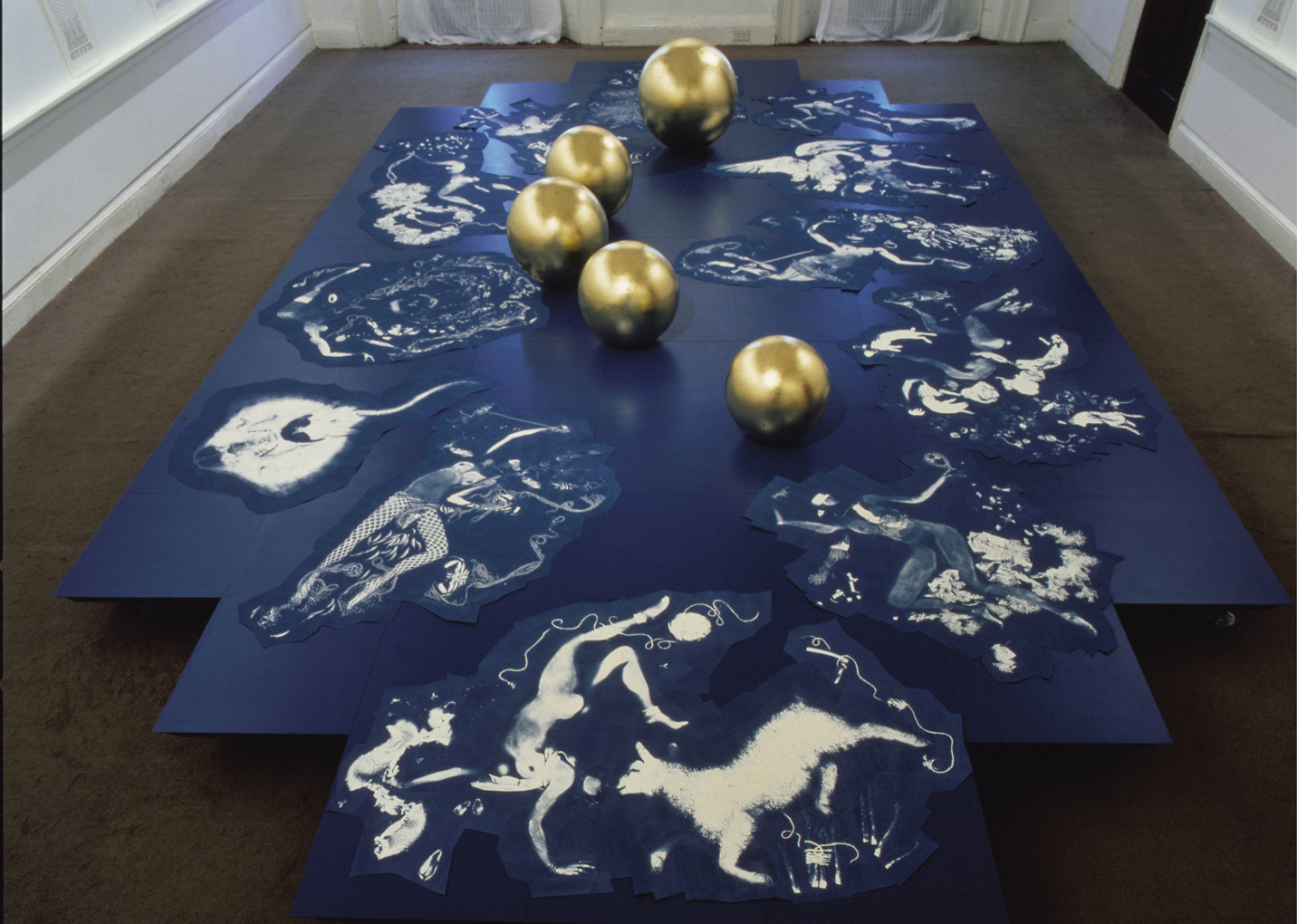
1. Helen Chadwick, The Oval Court, 1986, collage of blue photocopies and five gilded spheres, part of the installation Of Mutability. Installation View, Institute of Contemporary Arts, London Leeds Museums & Galleries (Henry Moore Institute archive) and The Estate of Helen Chadwick
Contents
At the ICA, London, 1986
At first sight, The Oval Court communicated blissful hedonism: the figures depicted, lunar pale against the ultramarine blue oval plinth, were not entirely naked, but bedecked in pearls, stockings, bracelets, rings and necklaces, and trailing white lace and ribbons, fripperies and flounces, braid, fringes and tassels (fig.16). As they danced, arched and floated in the blue of the Pool of Tears, and frolicked with all kinds of species of creature, the overall impression was of a female bacchanal taking place, in a fantastic nymphaeum such as the Emperor Tiberius built on Capri. The animals that the artist in her different incarnations was consorting with were mostly edible species, including crustaceans, squid, a monkfish and a skate. At a closer look, starfish, bees, mice, snails and fish bait were also taking part, offal (a kidney or two) was scattered here and there, along with a few bones. The guts, also discarded in dressing an animal for the table, appeared along-side many kinds of flowers, fruit and vegetables, mostly from the exotic end of the range artichokes, a pineapple, asparagus and homely greens, too a dandelion, a cabbage sliced in two. The spirit of an unfettered quest for pleasure was avid for anything and everything, it seemed.


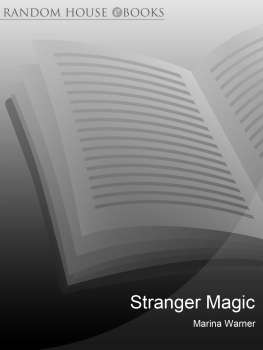
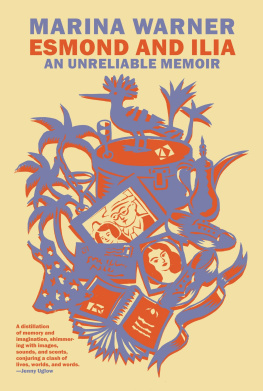
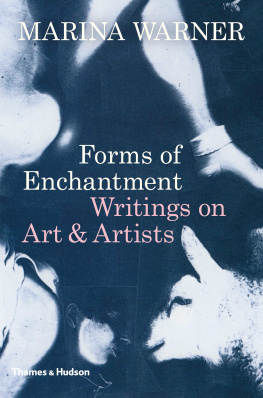
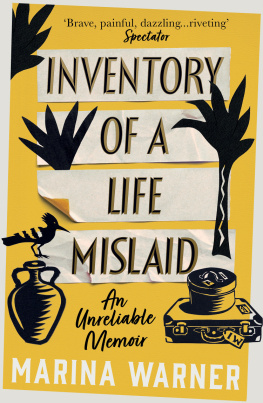
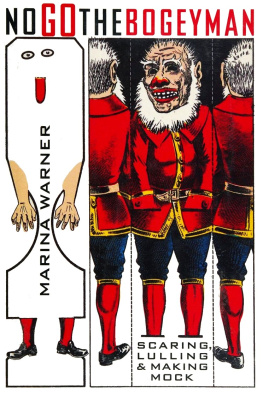

![Charles William Chadwick Oman - Wellingtons Army 1809-1814 [Illustrated Edition]](/uploads/posts/book/291191/thumbs/charles-william-chadwick-oman-wellington-s-army.jpg)
